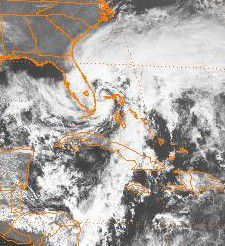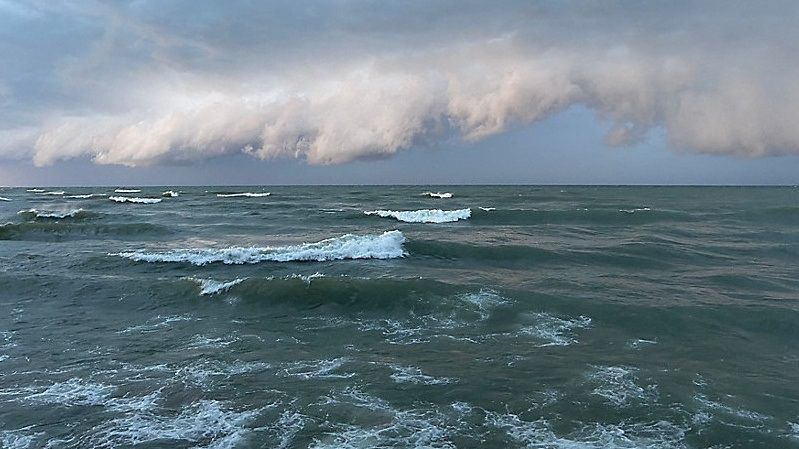Despite the crazy year we’ve had so far, it looks like our Thanksgiving weather will be quiet.
That was not the case just over 35 years ago with a strong storm sitting just off the east coast of Florida.
Back in 1984, Thanksgiving week started out with a front moving through Florida. This is not uncommon, but what happened next was.
The front sat stationary, stretching from Grand Bahama Island through the Florida Straits and extended toward the Yucatan Peninsula. When this occurs during tropical season, we watch for low pressure to develop along the front and potentially take on tropical characteristics.
Low pressure did develop, but it sat along the front and strengthened for days. As long as an area of low pressure is attached to fronts, it’s considered extratropical.
That’s why this storm, which mimicked the impacts of hurricane, was not named that tropical season. For four days surrounding Thanksgiving, however, it caused a lot of destruction across Florida.

From November 21 through November 24, wind sustained at 40 mph with gusts over 60 pounded nearly 400 miles of the Floridian east coast. This strong onshore wind produced swells of around 20 feet, causing severe beach erosion.
Sand dunes were destroyed, leaving the area without protection from any future coastal storm. To make matters worse, the highest astronomical tide period was occurring and led to major flooding.
Tides over five feet above normal caused state road A1A to shut down in Indian River County. Nearly a thousand people were forced to evacuate while several beachfront buildings collapsed.
During high tide, several barrier islands were unreachable due to the bridges being flooded. While high tide flooding was bad enough, rain added to the chaos. Record rainfall occurred on November 22, Thanksgiving Day, with close to five inches falling in just three hours along parts of the coast.
Over the four days, a foot of rain fell in West Palm Beach. Instead of preparing for a delicious dinner, hundreds evacuated from low-lying areas.
Rain, coastal flooding, and high wind resulted in nearly 50 million dollars in property and beach damage. The largest share of the damage occurred in Indian River County, but Brevard and Volusia County were not too far behind.
The Flagler Beach and Ormond Beach Piers both suffered severe damage with eight blocks of the A1A washed out. In Bethune Beach, 30 homes were damaged from flooding and over 200 people evacuated in Melbourne from a sewage backup in a mobile home park.
Beach erosion of this magnitude did not occur again until Hurricane Frances in 2004.



